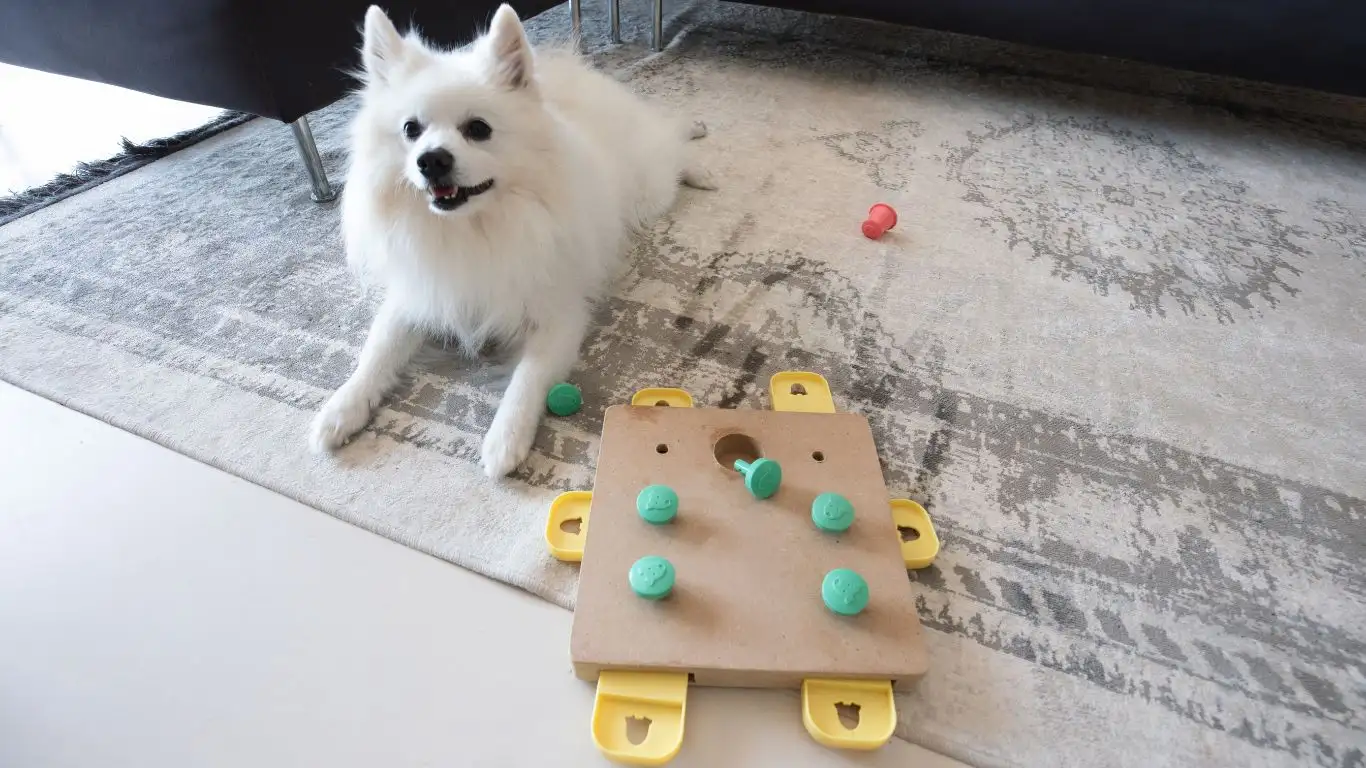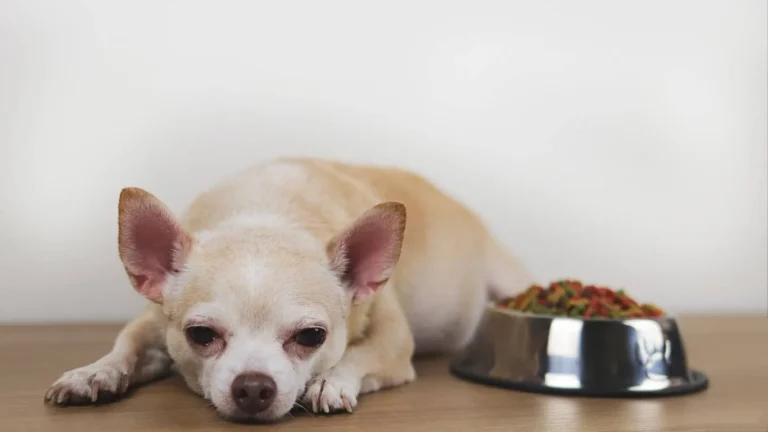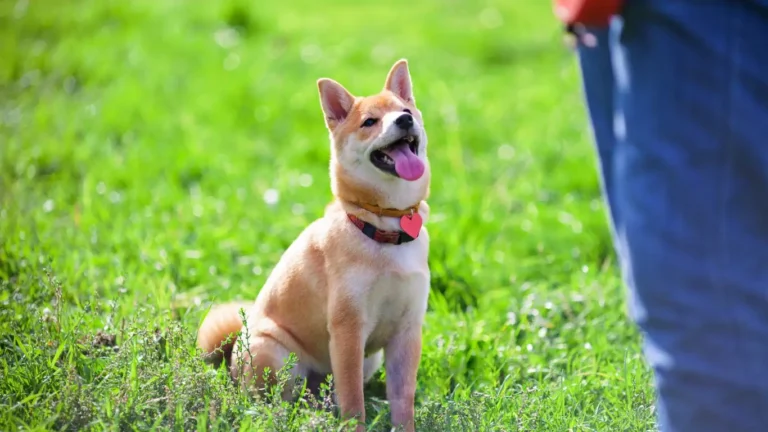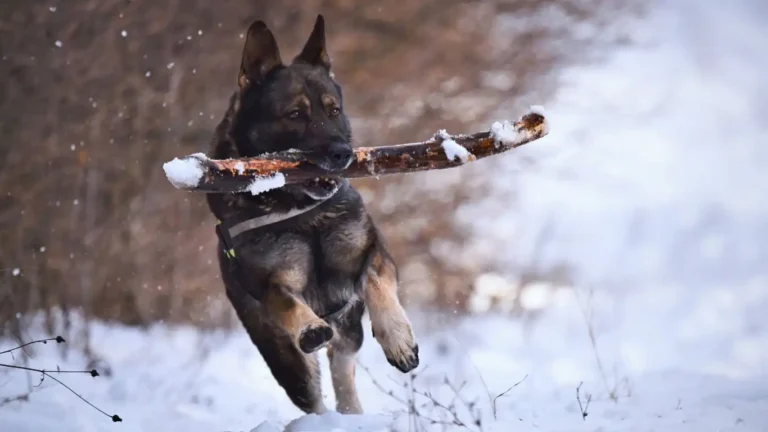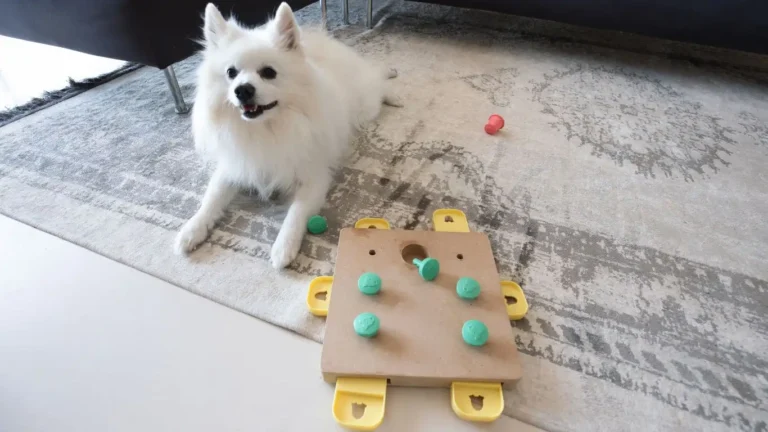How to Train a Dog to Stay Calm During Excitement for Better Behavior
Training a dog to stay calm during moments of excitement can sometimes feel like trying to tame a whirlwind — trust me, I’ve been there. As a Canine-Assisted Therapy Trainer, I’ve worked with all sorts of dogs, from bouncy puppies to overly enthusiastic adults, and calming their energy isn’t just about teaching them commands; it’s about understanding their emotions and guiding them gently. If you’re wondering how to train a dog to stay calm during excitement, you’re in the right place. This isn’t about quick fixes or harsh discipline; it’s about building trust, patience, and techniques that really work in real-life situations.
Why Dogs Get Overly Excited and Why Calmness Matters
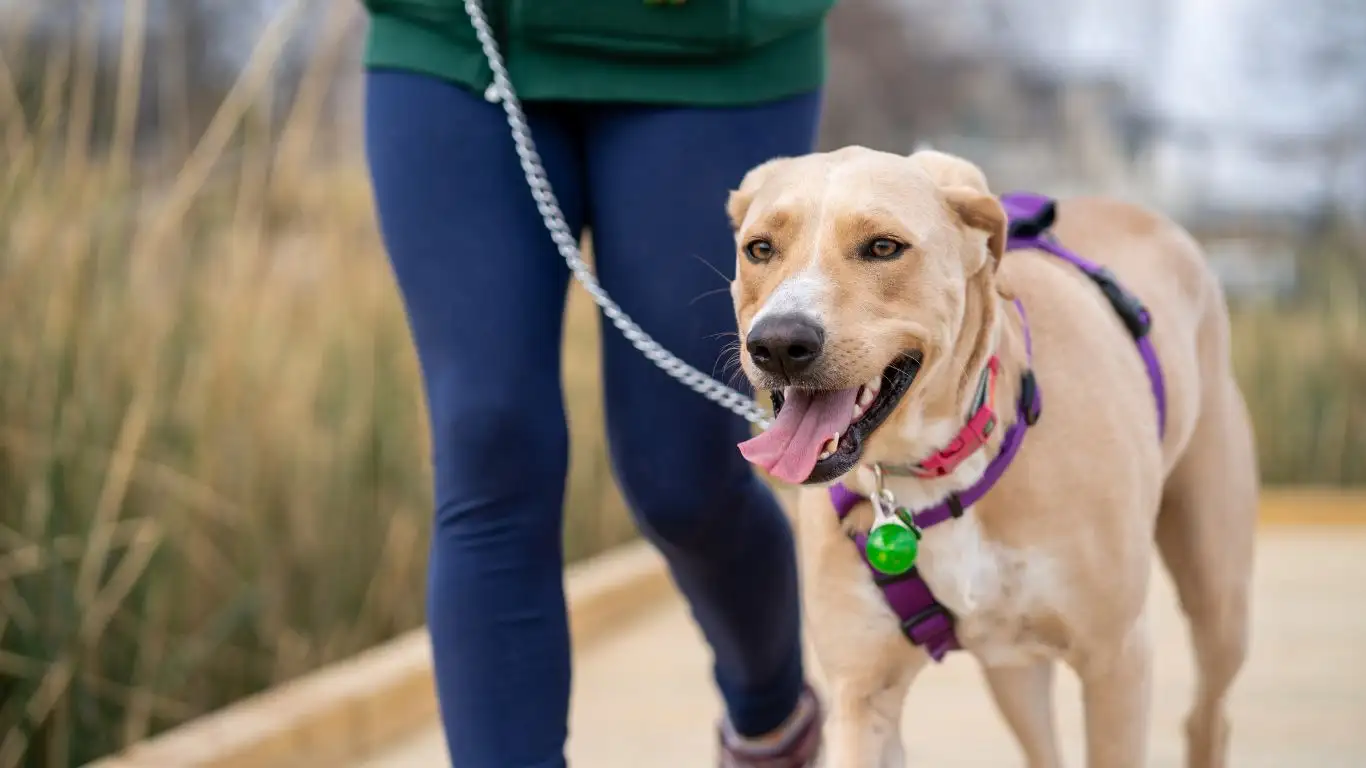
Excitement in dogs often stems from natural instincts—think about it like a burst of energy that their brains and bodies just want to release. Whether it’s greeting a new person, spotting a squirrel, or hearing the leash jingle, dogs can quickly go from chill to “zoomies” mode. Understanding why they get so fired up is the first step to helping them stay composed.
In my experience, excitement is usually linked to anticipation or overstimulation. The nervous system kicks into high gear, and suddenly your pup is jumping, barking, or spinning around. While that’s completely normal, it can become problematic—especially in public or therapy settings where calm behavior isn’t just polite, it’s essential. Teaching calmness is not just about controlling behavior but helping your dog regulate their emotions so they feel secure and balanced.
The Role of Emotional Regulation in Dogs
Dogs are emotional creatures. Just like us, they feel joy, anxiety, frustration, and excitement. When a dog can’t regulate their excitement, it often means they haven’t yet learned how to self-soothe or redirect their energy. One of the things I emphasize in my training sessions is helping dogs build those emotional muscles.
For example, when working with therapy dogs, I noticed that dogs who could stay calm in stimulating environments were more successful and happier. This wasn’t magic; it was intentional training combined with a lot of patience and understanding their unique triggers. It’s important to remember that teaching calmness is an ongoing process — not a one-and-done trick.
How to Train a Dog to Stay Calm During Excitement: The Basics
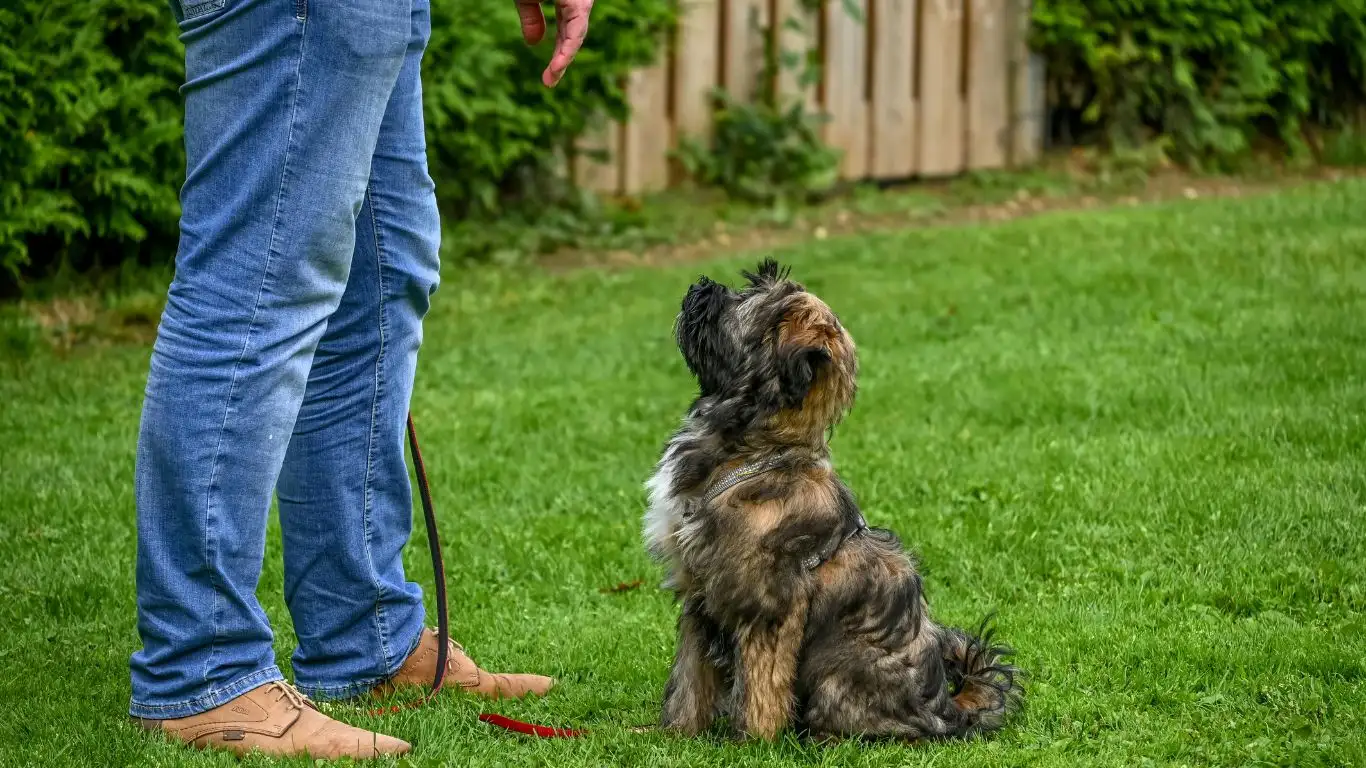
When it comes down to it, training a dog to remain calm during excitement involves consistent practice and the right approach. Here are some fundamental steps that I always recommend:
- Start with Basic Obedience: Commands like sit, stay, and down form the foundation for calm behavior. When your dog understands these commands well, they’re easier to guide when emotions run high.
- Teach Impulse Control: This means training your dog to pause and think before acting. Exercises like “wait for your food” or “leave it” can build this skill.
- Recognize Triggers: Observe when your dog tends to get overexcited. Is it when visitors arrive? When you pick up the leash? Knowing what sparks the excitement helps you plan training sessions better.
- Use Positive Reinforcement: Reward calm behavior with treats, praise, or playtime. Positive reinforcement encourages your dog to repeat the calm response.
One thing I always share with pet owners is how important it is to remain calm yourself. Dogs pick up on our energy, so if you’re stressed or frustrated, it’ll only fuel their excitement. Keeping your own tone steady and body relaxed can actually help your dog settle faster.
Advanced Techniques to Help Your Dog Stay Calm During Excitement
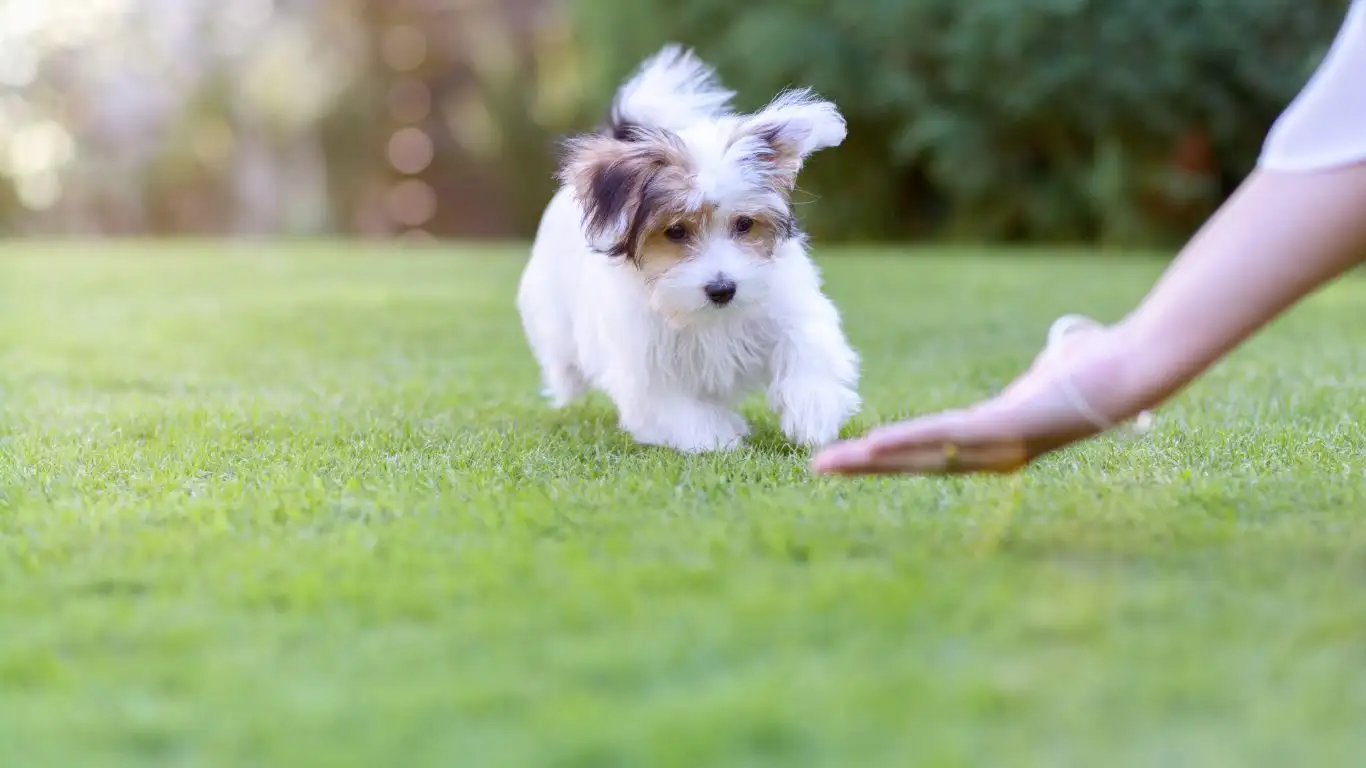
Once your dog has a good grasp on the basics, it’s time to step up the game. From my years as a Canine-Assisted Therapy Trainer, I’ve learned that advanced techniques often make a huge difference, especially when your dog faces real-world distractions. These methods aren’t just about control—they’re about teaching your dog to think and make better choices on their own.
Use Desensitization and Counter-Conditioning
Excitement often comes from triggers that can overwhelm your dog’s senses. For example, a doorbell ringing or a sudden loud noise can send some pups into overdrive. I always recommend a gentle approach called desensitization, which means exposing your dog to the trigger at a low intensity that won’t cause a big reaction, then gradually increasing it over time.
Pair this exposure with counter-conditioning, which means teaching your dog to associate the trigger with something positive. For example, every time the doorbell rings softly, you give your dog a treat or a favorite toy. Over time, your dog learns to expect something good, which naturally reduces the excitement and stress.
In practice, this could look like ringing the doorbell quietly and rewarding your dog for staying calm. Repeat, slowly increasing the volume or intensity, always rewarding calmness. I’ve seen dogs that used to bolt at the doorbell turn into relaxed, patient greeters with this approach.
Incorporate Focus and Mindfulness Exercises
Building your dog’s ability to focus on you instead of distractions is a game-changer. I like to call this “mindfulness training” for dogs. Simple exercises like watch me or look can anchor your dog’s attention back to you when things get exciting.
Try this: hold a treat near your eyes and say “watch me.” When your dog makes eye contact, reward immediately. It sounds simple, but repeated often, this builds a strong connection and helps your dog tune out distractions. In therapy work, this focused attention is priceless because it keeps dogs grounded in busy, unpredictable environments.
Teach Calm Behaviors as Fun Tricks
Sometimes it’s easier to teach calmness through playful learning. Tricks like “settle,” “place,” or “mat training” are great tools. These teach your dog to go to a specific spot and relax on command.
Here’s a quick method I often use:
- Choose a comfy spot or mat for your dog.
- Guide your dog there and reward calm sitting or lying down.
- Gradually add distractions while asking your dog to stay on the mat.
- Use a calm voice and gentle petting to encourage relaxation.
Incorporating this into daily life not only helps during exciting moments but also provides your dog a safe “calm zone” to retreat to when they need a break.
Handling Real-Life Situations Where Excitement Flairs Up
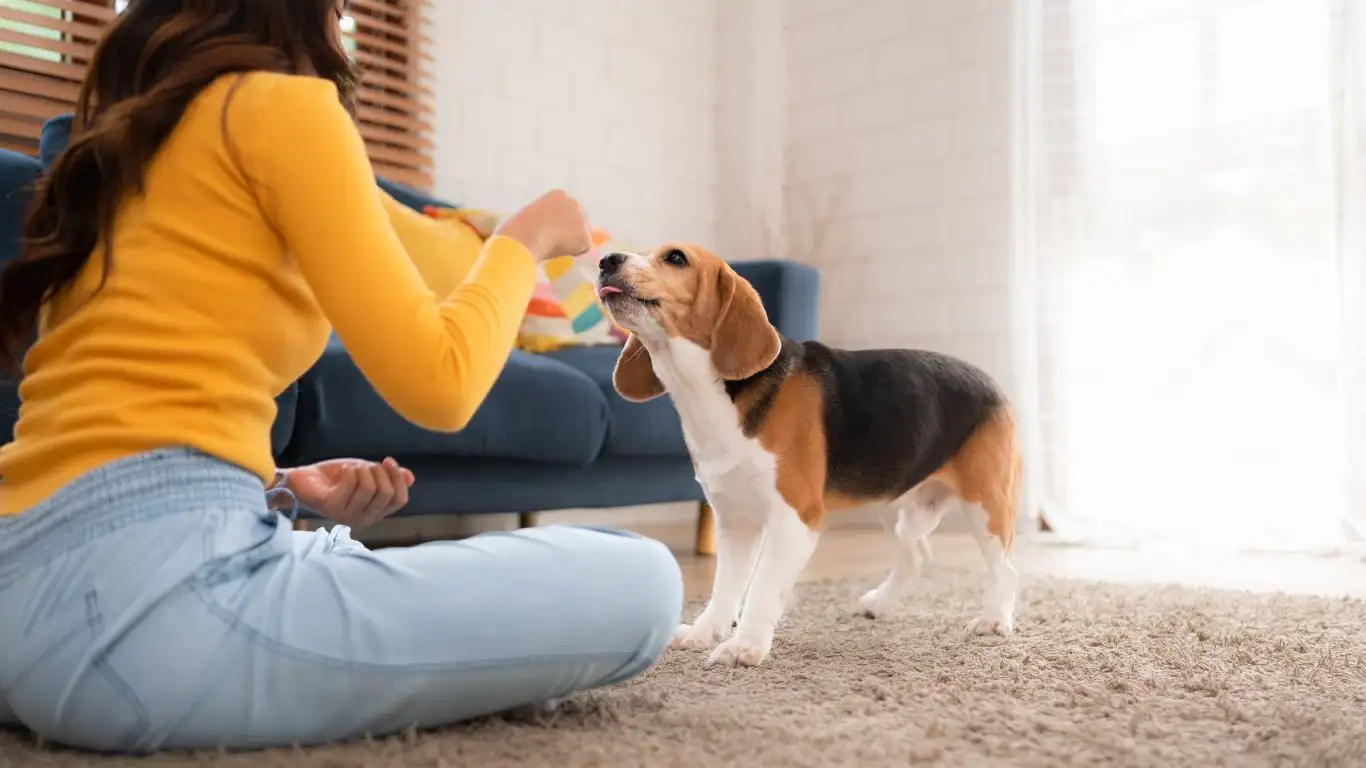
Now, let’s talk about those tricky real-world moments—because no training is complete without handling life’s surprises. Visitors arriving, playdates, or walks in busy parks can send even the calmest dogs into a frenzy. Based on what I’ve seen firsthand, preparation and a calm mindset go a long way.
Visitors and Greetings
Dogs often get super excited when guests come over. One tip I swear by is managing greetings before your dog even sees the visitor. This means keeping your dog on a leash or in a designated area and asking them to sit or stay calmly while you open the door.
During my sessions, I often coach owners to:
- Ask their dog to sit or lie down before greeting.
- Reward calm behavior immediately.
- Ignore jumping or barking until the dog settles.
- Gradually allow closer interaction as calmness improves.
Remember, rewarding calm greetings consistently teaches your dog that calmness = good things. Over time, this reduces the excitement to manageable levels and makes visits much more enjoyable for everyone.
Busy Walks and Outdoor Adventures
Walks can be a rollercoaster of excitement with so many smells, sights, and sounds. To keep your dog calm on walks, I recommend practicing loose-leash walking combined with focus cues. When your dog starts to pull or get overly excited, pause, ask for a sit or focus command, then continue walking only when they are calm.
One thing I always remind owners is patience. It takes time for dogs to learn that a walk isn’t just about sprinting around but exploring calmly and safely. Using treats and praise during calm moments on the walk can reinforce this behavior beautifully.
Dealing with Playdates and Other Dogs
Playdates are awesome but can also be a trigger for overexcitement. When introducing your dog to new friends, I advise starting slow and watching body language carefully. Sometimes excitement leads to rough play or stress.
Here’s my approach:
- Begin with on-leash introductions in a neutral space.
- Keep sessions short and positive.
- Intervene calmly if play becomes too intense, redirecting your dog to a calm activity.
- Reward calm interaction and breaks during play.
With consistent practice, dogs learn to regulate their excitement and enjoy social time without losing control.
My Personal Tips: Staying Consistent and Patient

From years of hands-on experience, I can’t stress enough how much consistency and patience matter. Dogs don’t just snap into calmness overnight. Each dog is unique, and progress might look different depending on their personality and background.
Here are a few nuggets of wisdom I always share with new dog parents:
- Practice regularly: Short, frequent training sessions work better than occasional marathon efforts.
- Celebrate small wins: Even a few seconds of calm in a previously chaotic situation is progress worth celebrating.
- Stay calm yourself: Dogs mirror your emotions more than you realize.
- Adjust expectations: Some dogs take longer to learn calmness, especially if they have a history of anxiety or hyperactivity.
Above all, remember that teaching calmness is a gift you’re giving your dog. It’s not just about control—it’s about creating a more peaceful, happy life together. When your dog learns to stay calm during excitement, they become more confident, balanced, and ready to handle whatever life throws their way.
Maintaining Calmness: Long-Term Strategies That Work

By this point, you’ve got the basics and some solid advanced techniques under your belt. But let’s be real—dogs don’t learn to stay calm during excitement just by following a few commands one time. It’s a lifestyle, a daily practice, and a commitment to understanding your dog’s needs. From my experience as a Canine-Assisted Therapy Trainer, long-term success comes from consistency, environment management, and ongoing emotional support.
Keep the Training Routine Consistent
One thing I always stress to owners is this: training isn’t a sprint; it’s a marathon. Your dog needs constant reinforcement of calm behaviors to build those habits deeply into their brain. I recommend setting up small, regular “calmness check-ins” throughout the day—moments when you intentionally ask your dog to relax, sit quietly, or focus on you.
Think of it like mental exercise. Just as physical exercise keeps your dog fit, mental calmness practice keeps their emotional state balanced. Personally, I like to combine this with calm petting or gentle massage during those moments—it’s soothing and strengthens your bond.
Manage Your Dog’s Environment
Sometimes, the best way to keep excitement under control is by managing what your dog is exposed to. If you know your dog gets overly excited around certain triggers, try to create a calmer atmosphere where possible.
- Use baby gates or playpens to limit access to high-energy areas.
- Schedule walks and playtime during quieter hours to reduce overwhelming stimulation.
- Have a “safe spot” like a crate or a cozy corner where your dog can retreat when feeling overstimulated.
From my time working with therapy dogs, creating a predictable, calm environment greatly supports their ability to stay composed. Dogs thrive on routine and knowing what to expect.
Recognize When to Seek Professional Help
Sometimes, no matter how much training you do, your dog’s excitement and energy might be rooted in deeper anxiety or behavioral issues. That’s totally okay! In fact, knowing when to get professional help is a sign of responsible dog parenting.
I often encourage dog owners to reach out to certified trainers or veterinary behaviorists if:
- The excitement escalates into aggressive or destructive behavior.
- Your dog shows signs of severe anxiety or fear alongside excitement.
- Progress stalls or you feel overwhelmed by the training process.
Remember, therapy dog training taught me how nuanced canine behavior can be. Professionals can tailor interventions specific to your dog’s personality and needs, which can make a world of difference.
Final Thoughts on How to Train a Dog to Stay Calm During Excitement
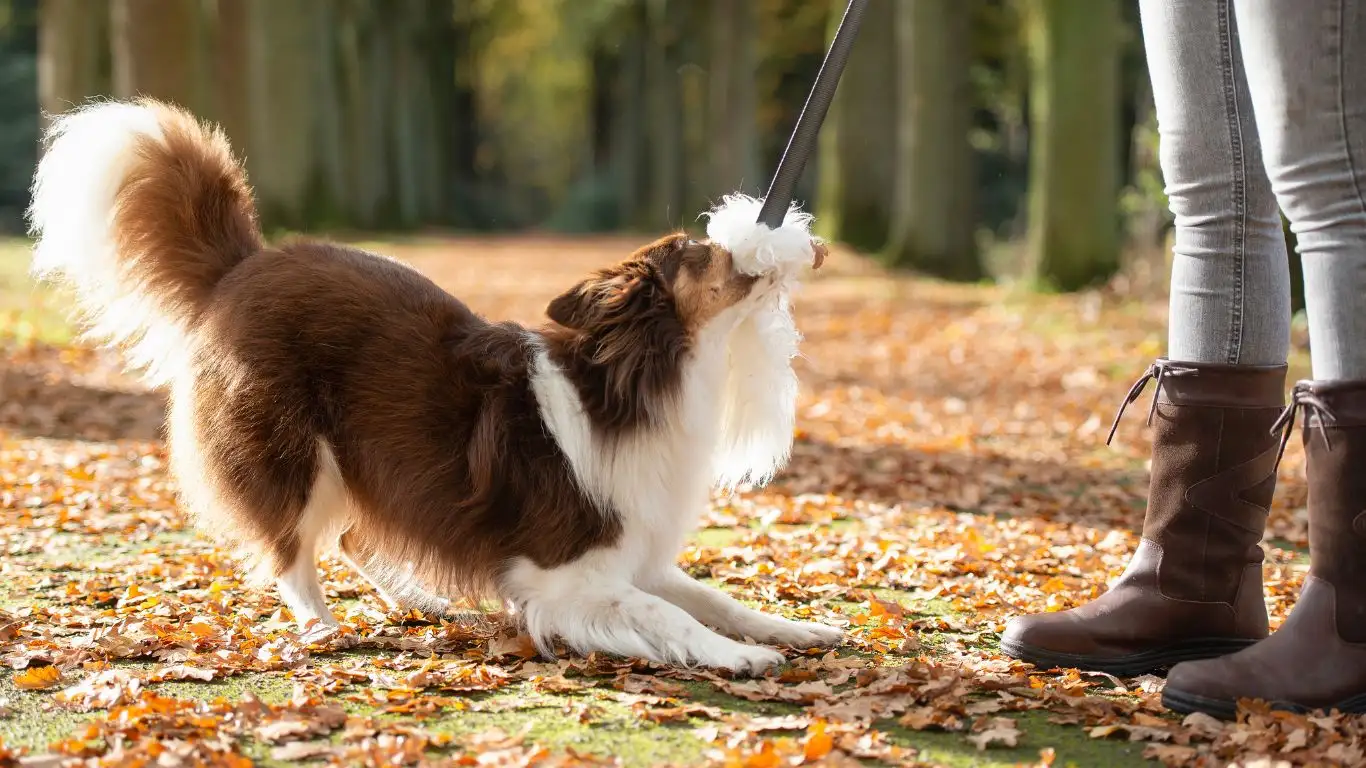
Teaching your dog to stay calm during excitement isn’t about perfection or eliminating their natural joy. It’s about channeling that energy in a way that keeps both of you happy and safe. Through patience, empathy, and consistent training, your dog can learn to handle exciting moments with grace and composure.
In my personal journey as a trainer, I’ve seen firsthand how calming techniques transform not only a dog’s behavior but also the human-canine relationship. It’s truly rewarding to watch a once-overexcited pup develop into a confident, calm companion. And the best part? This process deepens trust and strengthens the bond you share.
Keep in mind that every dog is unique, and there’s no one-size-fits-all formula. But with the right mindset and tools, you’re well on your way to raising a dog who can enjoy life’s exciting moments without losing their cool.
References and Resources
Disclaimer
The information provided in this article is based on my professional experience as a Canine-Assisted Therapy Trainer and is intended for educational purposes only. It should not replace advice from a qualified veterinarian or professional dog trainer. Always consult a professional if your dog exhibits extreme behavior issues or health problems.
